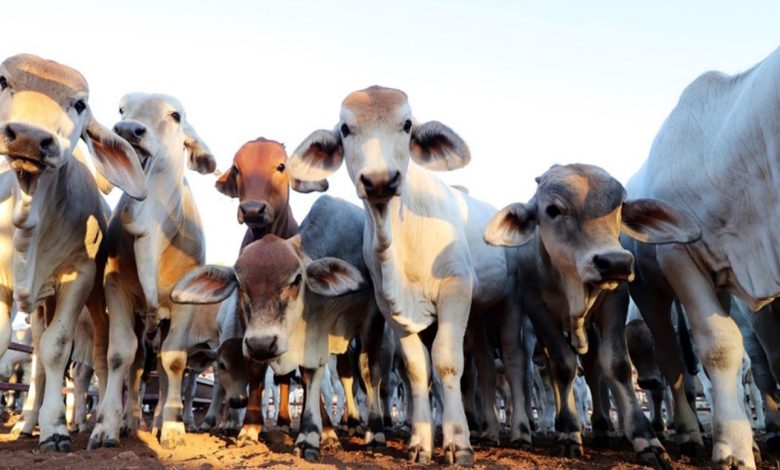Daily Current Affairs for UPSC
Dehorning Cattle and Castration
Syllabus- Indian Economy [GS Paper-3]

Context- As of late, the central government has set out the methodology for Dehorning Dairy cattle and Emasculation, marking or nose-roping of any creature.
What is Dehorning and Castration of cattle?
- Castration is the process of removing the testicles of male cattle, whereas dehorning is the process of removing or reducing the horns of cattle.
- For a variety of reasons, including enhancing meat quality, reducing aggression, enhancing safety for handlers and other animals, and reducing injury, both procedures are frequently carried out on cattle.
- Saws, dehorning irons, and chemical or electrical methods are some of the options for dehorning. Dehorning is frequently performed when the animal is young to reduce discomfort and pain.
- Utilizing a castrator san painkiller necessitates pushing a bull to the ground in the current methods.
- Most of the time, male cattle that won’t be used for breeding are castrated because it can help reduce aggression and improve the quality of the meat.
- The castration process includes smashing the veins, nerves and vas deferens (a wound cylinder that completes the sperm of the testicles) to make the balls become dead.
What are the New Requirements?
- A registered veterinary practitioner must be present during all procedures, and both general and local anesthetics must be utilized.
- Instead of dehorning, face halters, and other humane methods for nose roping and preventing cold and hot branding on live tissues, the rules require that naturally hornless cattle be bred.
- The guidelines endorse a philosophy for killing sick animals to keep away from a difficult demise.
- The majority of dairy farmers and farmers abandon their bulls on roads because maintaining them requires additional effort or money.
Which of the Existing Provisions Are Related?
- Since Sections 11 and 3 of the Prevention of Cruelty to Animals Act of 1960 did not specify the dehorning and castration procedures, it was difficult to prevent animal cruelty.
- The behaviors that constitute cruel treatment of animals were defined in Section 11.
- However, animal husbandry procedures, such as the dehorning of cattle and the prescribed castration, branding, and nose roping of animals, were granted exceptions under subsection 3.
- Additionally, exceptions were provided for “the extermination or destruction of any animal under the authority of any law for the time being in force” in Section 3(c) of the law.
What is the 1960 Prevention of Cruelty to Animals Act?
- The regulative purpose of the Demonstration is to “forestall the curse of pointless agony or experiencing on creatures”.
- Under Section 4 of the Act, the Animal Welfare Board of India (AWBI) was established in 1962.
- Animal cruelty and suffering that is unnecessary is punishable under this Act. Animals and various animal types are defined in the Act.
- discusses the various forms of cruelty, exceptions, and the killing of an animal in distress in the event that any cruelty has been committed against it in order to prevent it from suffering any further outlined guidelines for conducting scientific experiments on animals.
- The Act codifies the regulations governing the display of performing animals and the offenses committed against them.
- This Act accommodates the impediment time of 90 days past which no indictment will lie for any offenses under this Demonstration.





.png)



